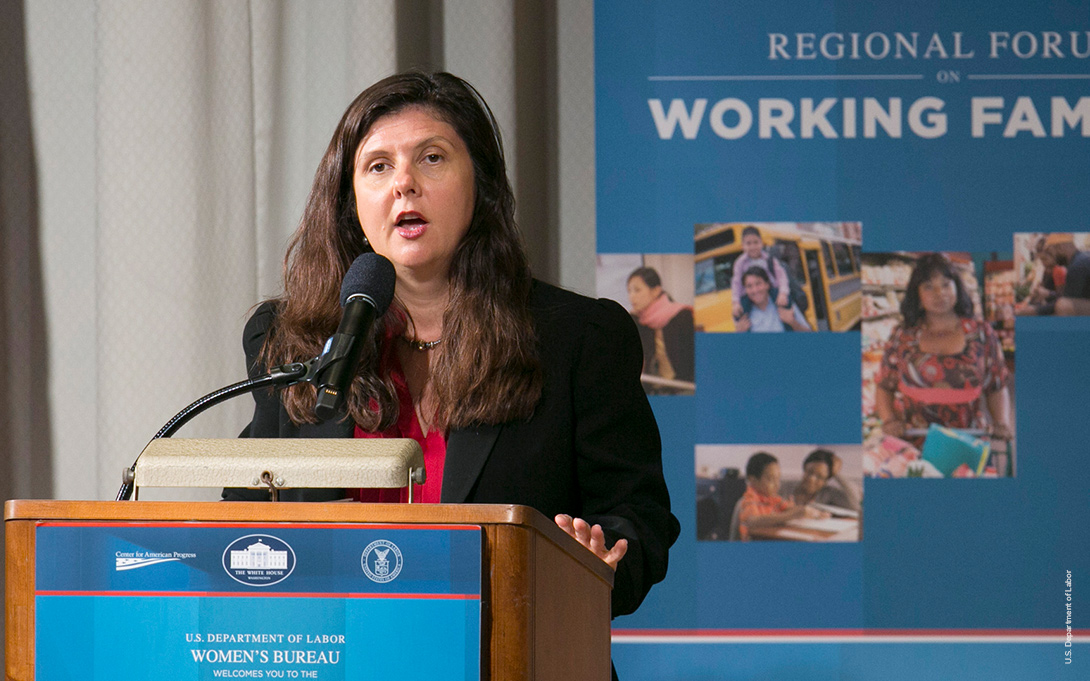
The rate of unemployment was recently recorded as 14.7%. Ford School economist Betsey Stevenson, who was Chief Economist of the U.S. Department of Labor 2010-2011, says the real rate is actually higher. In a tweet quoted in an article in Forbes May 10, and referred to in other media, she said the Bureau of Labor Statistics had classified people incorrectly. “Interviewers were told to classify people who were employed [but] absent from work due to COVID-related reasons as temporarily unemployed. Many did this incorrectly —correcting for this error raises the unemployment rate to nearly 20%,” she explained.
Stevenson has been analyzing the effects of the economic downturn and government payments, quoted in an article in the Washington Post that women are being hit hardest by the job losses, both because of slashing of public-sector posts, where women hold 58% of the jobs, and the lack of availability or risks of sending children to child-care.
Yet amidst these daunting figures, in a column in the Washington Post on May 9, entitled “The job numbers are horrible. But there’s more to this story,” she wrote, “There is some small basis for optimism. The latest numbers don’t yet represent permanent job loss. We still have time to make choices to ensure that as many people as possible have jobs to return to once it’s safe for them to do so.”
To read her May 9 column, click here.
In other media mentions, you can see Stevenson quoted in:
PBS NewsHour, Here’s who’s being hit hardest by the economic downturn, May 11
Forbes, Don’t Be Fooled By Official Unemployment Rate Of 14.7%; The Real Figure Is Even Scarier, May 10
CNBC, It pays to stay unemployed. That might be a good thing, May 9
Washington Post, Women have been hit hardest by job losses in the pandemic. And it may only get worse, May 9
Betsey Stevenson is a professor of public policy and economics at the University of Michigan. She is also a faculty research associate at the National Bureau of Economic Research, a visiting associate professor of economics at the University of Sydney, a research fellow of the Centre for Economic Policy Research, a fellow of the Ifo Institute for Economic Research in Munich, and serves on the executive committee of the American Economic Association. She served as a member of the Council of Economic Advisers from 2013 to 2015 where she advised President Obama on social policy, labor market, and trade issues. She served as the chief economist of the U.S. Department of Labor from 2010 to 2011, advising the Secretary of Labor on labor policy and participating as the secretary's deputy to the White House economic team.